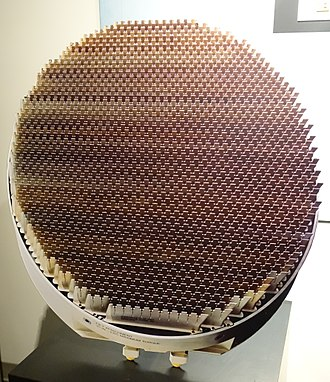
South Korea: KFX prototype No. 1 manufactured: Core technology equipment
-Domestic production rate such as radar 65%-
Development of KFX fighter:
KFX development began in earnest in January 2016.
After that, after basic design study and detailed design study, we entered the manufacturing and assembly stage.
In the final assembly, the individually manufactured front fuselage, central fuselage, main wings, rear fuselage, etc. are all collected and combined.
KFX prototype No. 1:
The first prototype is expected to be completed in April-May 2021.
From 2022 to 2026, it has undergone more than 2000 flight tests and various evaluations.
After that, 120 aircraft will be produced and delivered to the Air Force.
Performance of KF-X:
The current target performance of the KF-X is a maximum speed of Mach 1.81, a cruising range of 2900 kilometers, and a maximum armed capacity of 7.7 tons.
However, KFX is not as good as the state-of-the-art 5th generation stealth aircraft F-35A.
KFX’s four core technical equipment:
What are the four core technical equipment?
AESA (Multifunctional Position Array) Radar,
IRST (Infrared Search and Tracking Equipment),
EOTGP (Electro-Optical Target Tracking Equipment),
It is an RF jammer (equipped with electromagnetic wave interference).
Hanwha System:
The Hanwha system created radar and infrared exploration.
Hanwha System released an AESA radar prototype in August, revealing its own development.
By operating 1000 or more transmitters and receivers, multiple targets can be detected and tracked at the same time.
The Israeli defense industry company Elta Systems, which was in charge of performance evaluation, was also surprised.
LIG Nex1 has entered the development of electromagnetic wave interference technology and succeeded.
Price competitiveness of KFX:
If KFX development is successful, it will open up the possibility of additional exports to Indonesia, as well as exports to third countries such as Southeast Asia and Latin America.
Coordinated with Indonesia:
The remaining issue is how the Indonesian side will solve additional demands such as contribution adjustment and technology transfer issues.
Joongang Ilbo |
https://s.japanese.joins.com/JArticle/272539?sectcode=220&servcode=200